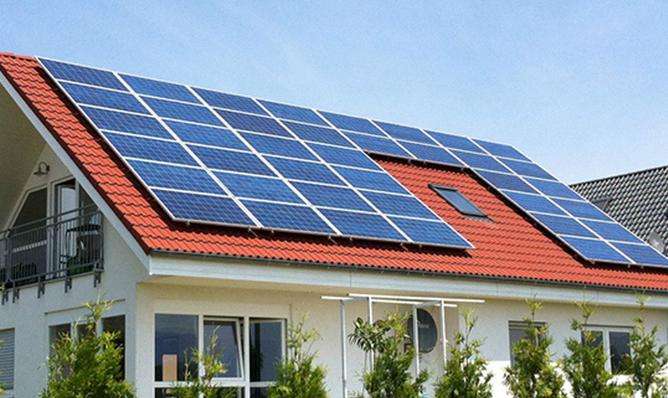Sunlight shines on the p-n junction of the semiconductor to form new hole-electron pairs. Under the action of the electric field of the p-n junction, holes flow from the n region to the p region, and electrons flow from the p region. region p to region n. A current flows through the circuit. This is how photovoltaic solar cells work.
Solar power generation methods There are two solar power generation methods: one is the light-heat-electricity conversion method and the other is the light-direct conversion method. electricity.
What is the working principle of solar cells?
Solar cells are also called rechargeable batteries or photovoltaic cells. They are made of semiconductors and apply the principle of converting light into electricity. Semiconductor is a special substance inbe a conductor and an insulator. When two different types of semiconductors are combined, a “junction” forms on the bonding surface. The secret of solar cells lies in this “junction”.
Like atoms of any material, semiconductor atoms are also composed of positively charged nuclei and negatively charged electrons. For example, there are 4 electrons in the outer shell of a semiconductor silicon atom, which rotate around the nucleus in a fixed orbit. When affected by external energy, these electrons break away from the orbit and become free electrons, leaving a "hole" in their original position. In pure silicon crystal, the number of free electrons and holes is equal. If boron, gallium, and other elements capable of capturing electrons are doped into a silicon crystal, it becomes a hole-type semiconductor, usually represented by the symbolP; if phosphorus, arsenic and other elements that can release electrons are doped into it, it becomes a hole-type semiconductor, generally represented by the symbol P; becomes an electronic type semiconductor, represented by the symbol N. If these two semiconductors are combined, the interface will form a P-N junction. The P-N junction is like a wall that hinders the movement of electrons and holes. When exposed to sunlight, the electrons receive light energy and are directed towards the N-type region, making the N-type region negatively charged. At the same time, the holes are directed towards the P-type region, which makes the P-type region positively. charge. In this way, an electromotive force is generated on both sides of the P-N junction, commonly known as voltage. Scientists call this phenomenon “photovoltaic phenomenon”. If a wire is used to connect the two ends of the junctionP-N, a current will be generated.
First, a p-n junction is formed from p-type silicon and n-type silicon, and the p-n junction will create a built-in electric field that the silicon material generates photogenerated. electrons and holes under the action of light. Yes, the photogenerated electron-hole pairs are separated under the action of the built-in electric field, and migrate and reassemble to the n-type side and p-type side outside the junction area, respectively. , thus forming different potentials and generating a potential difference. In the case of an external circuit, the accumulated carriers will migrate towards the external circuit, forming a current.














